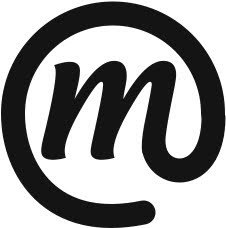"British artist John Stezaker is fascinated by the lure of images. Taking classic movie stills, vintage postcards and book illustrations, Stezaker makes collages to give old images a new meaning. By adjusting, inverting and slicing separate pictures together to create unique new works of art, Stezaker explores the subversive force of found images. Stezaker’s famous Mask series fuses the profiles of glamorous sitters with caves, hamlets, or waterfalls, making for images of eerie beauty.
His ‘Dark Star’ series turns publicity portraits into cut-out silhouettes, creating an ambiguous presence in the place of the absent celebrity. Stezaker’s way of giving old images a new context reaches its height in the found images of his Third Person Archive: the artist has removed delicate, haunting figures from the margins of obsolete travel illustrations. Presented as images on their own, they now take the centre stage of our attention
This first major exhibition of John Stezaker offers a chance to see work by an artist whose subject is the power in the act of looking itself. With over 90 works from the 1970s to today, the artist reveals the subversive force of images, reflecting on how visual language can create new meaning."
Following my previous post, have now seen the Stezaker retrospective. I enjoyed the show, much of the work seen before on-line but stand outs for me were his 'marriage' series, 'dark star' and 'masks'. I feel trhat some of his earlier collage work from the late 70's and early 80's was somewhat weaker. His organisation of elements in the earlier works not so well considered and for me many of those collages fail to work on a comparative level with his more recent work. I felt that his 'image abstractions' were erratic. Some appeared well considered cropped, extractions from the original images - creating a new visual aesthetic and perceived meaning, due to the elimination of the the 'ignored part of the original image - others failed to acheive either the aesthetic or development of altered meaning in my opinion.
Where his image juxtapositions work well there is a sense of well seen alignments, balance and a new 'whole'. The viewer may read altered meanings into the 'new' image. I wonder if Stezaker was considering the meaning in his altered images? I think he was primarily dealing with the juxtapositions and visual alignments and that any perceived meaning in these images were one of retrospective consideration.... which now seems to be driven along by media hype.







No comments:
Post a Comment